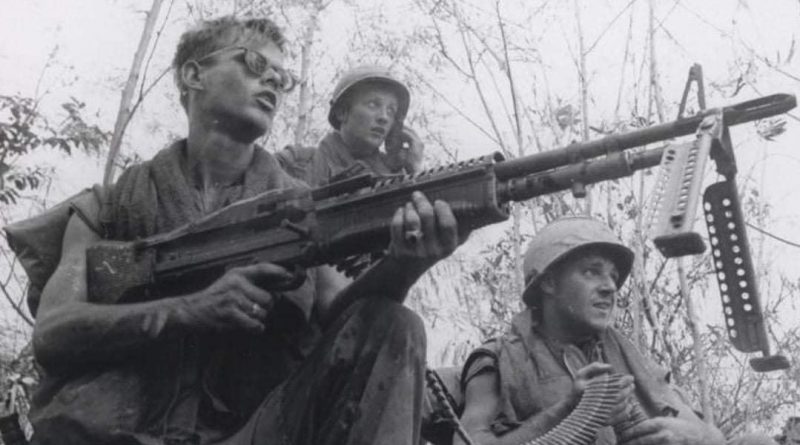August 18 in U.S. military history
1940: When Adolf Hitler authorizes Operation “Sea Lion” – the invasion of Britain – Luftwaffe commander Hermann Göring orders the German air force to destroy the Royal Air Force to establish air superiority. What ensues is one of the largest air battles in history as the Germans launch nearly 1,000 sorties across the English Channel.
While the RAF pilots score more aerial kills than their German counterparts (both sides lose dozens of warplanes), Luftwaffe pilots damage and destroy many British aircraft on the ground and cause significant damage to facilities. This day marks the climax of the air battle, as more planes and pilots are lost on “The Hardest Day” than any other during the Battle of Britain.
1945: Although the war in the Pacific ended days ago with Emperor Hirohito accepting the unconditional surrender terms, 14 Japanese fighters and anti-aircraft artillery engage American reconnaissance planes over Tokyo, killing one American crew member. Meanwhile, thousands of Japanese soldiers surrender in formerly occupied areas of China, but Chinese communist troops attack the Japanese garrison at Hong Kong, hoping to take control of the strategic port city before the Chinese Nationalist government forces arrive.
Also, Soviet Union troops begin their occupation of Japan’s Kurile Islands. Soviet and Japanese forces will fight for several days, and at war’s end, the contested islands will end up in communist hands.
1959: A helicopter engine explodes during a test aboard the USS Wasp (CV-18), igniting a blaze that threatens the nuclear weapons being transported by the ship. The explosion and subsequent fire causes serious damage and several decks are flooded while crews race to contain the fire before the nuclear warheads are compromised. Fortunately, the fire is brought under control in 30 minutes.
1965: Over 5,000 Marines assault a Viet Cong regiment near Van Tuong, South Vietnam, in the first large-scale operation of U.S. forces in the Vietnam War. The Marines encircle the VC and inflict hundreds of casualties, but the remaining communist fighters manage to escape after several days of fighting.
1976: American soldiers attempting to cut down a tree blocking observation of the Korean Demilitarized Zone are attacked by North Korean soldiers. A North Korean officer crosses into South Korean territory, claiming that their leader Kim Il Sung planted the tree and his troops attack and kill Capt. Arthur Bonifas and Lt. Mark Barrett, who were armed only with axes.
